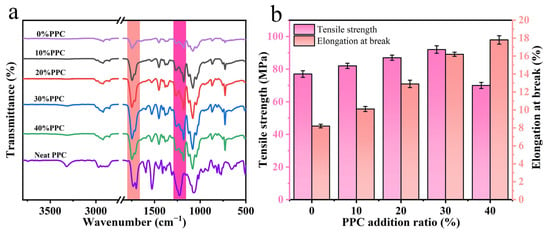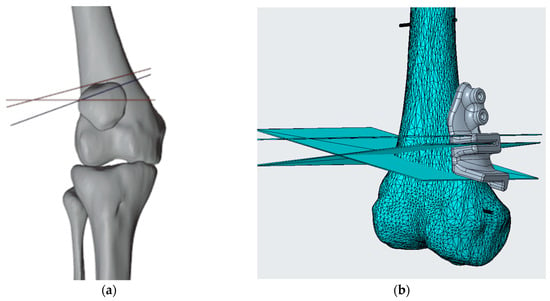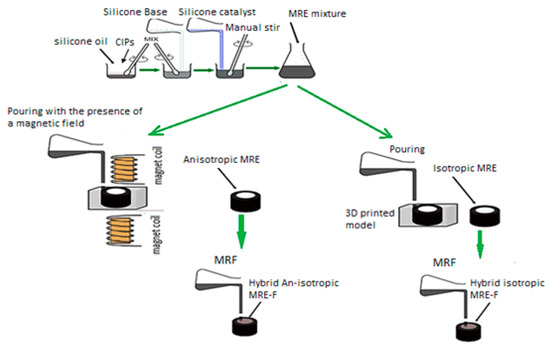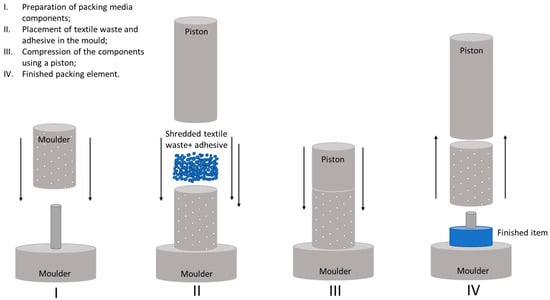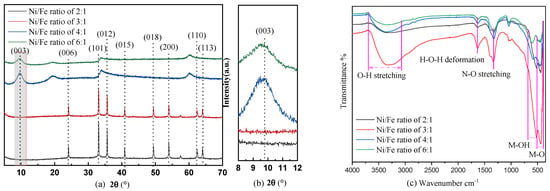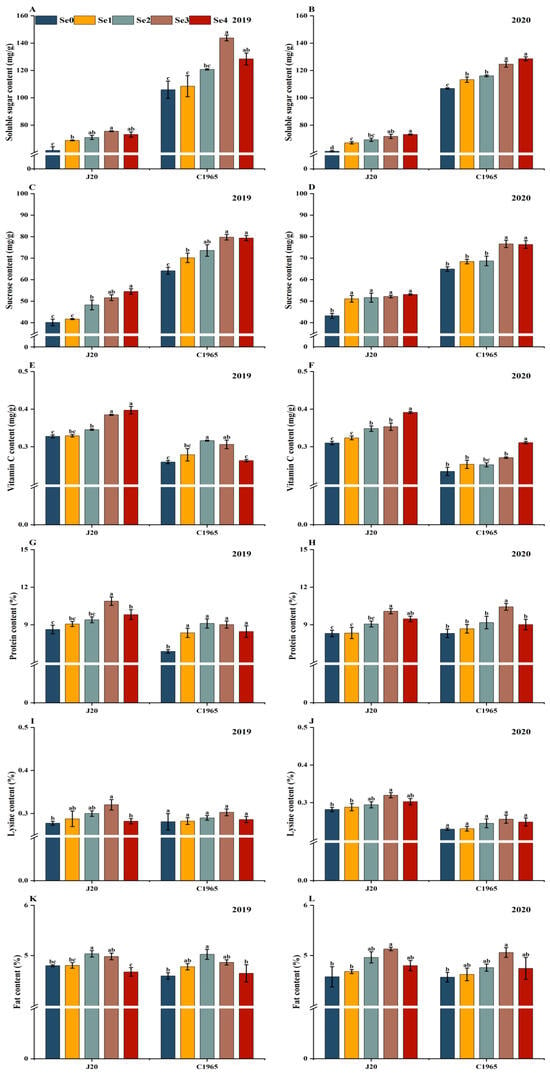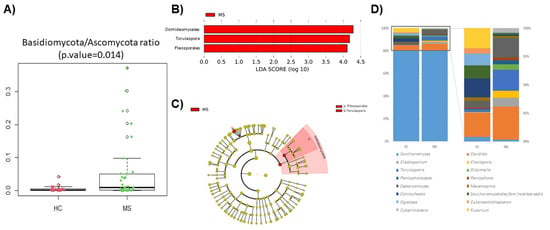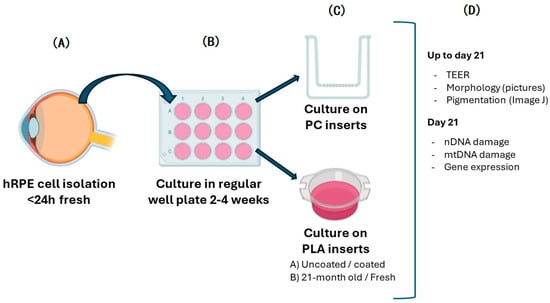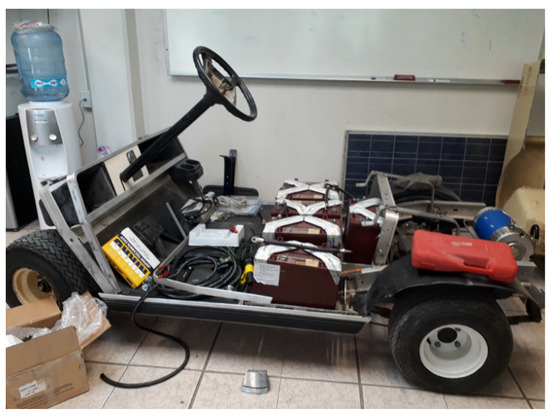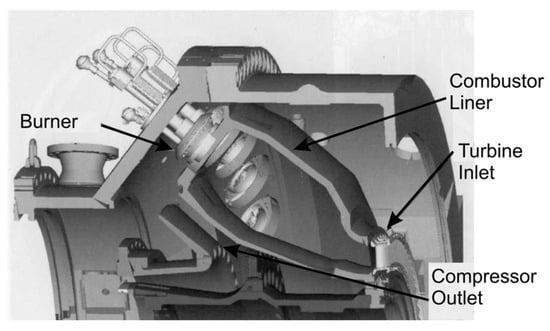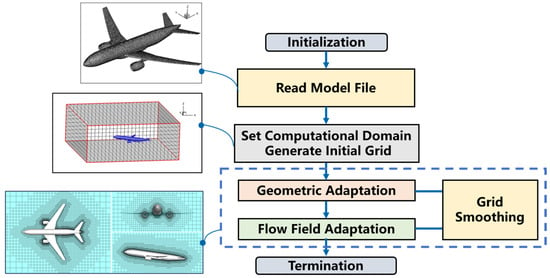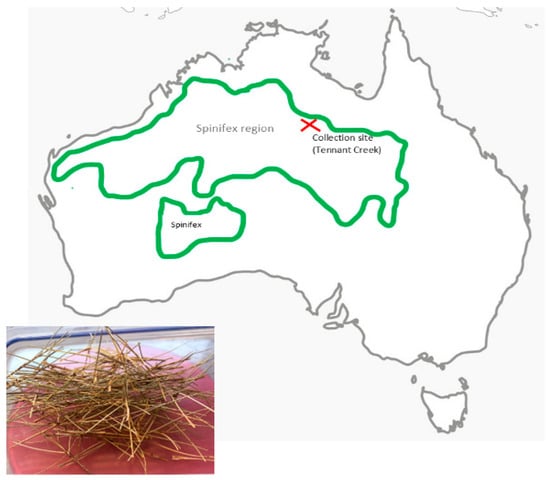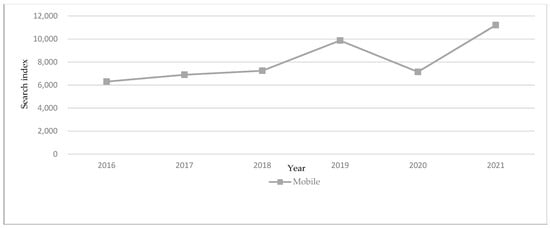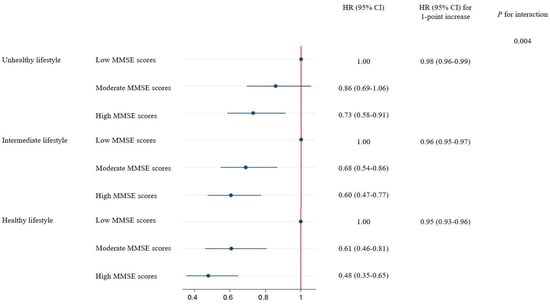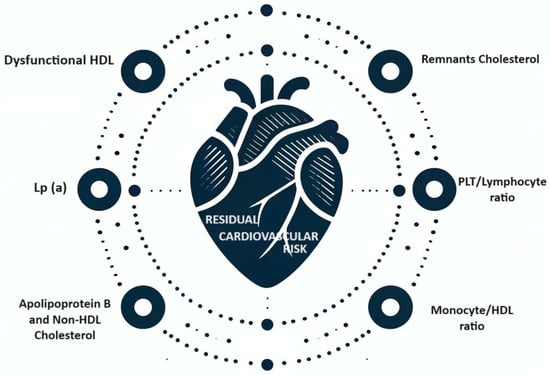The green and efficient remediation of soil cadmium (Cd) is an urgent task, and plant-microbial joint remediation has become a research hotspot due to its advantages. High-throughput sequencing and metabolomics have technical advantages in analyzing the microbiological mechanism of plant growth-promoting bacteria in improving phytoremediation of soil heavy metal pollution. In this experiment, a pot trial was conducted to investigate the effects of inoculating the plant growth-promoting bacterium
Enterobacter sp. VY on the growth and Cd remediation efficiency of the energy plant
Hybrid pennisetum. The test strain VY-1 was analyzed using high-throughput sequencing and metabolomics to assess its effects on microbial community composition and metabolic function. The results demonstrated that
Enterobacter sp. VY-1 effectively mitigated Cd stress on
Hybrid pennisetum, resulting in increased plant biomass, Cd accumulation, and translocation factor, thereby enhancing phytoremediation efficiency. Analysis of soil physical-chemical properties revealed that strain VY-1 could increase soil total nitrogen, total phosphorus, available phosphorus, and available potassium content. Principal coordinate analysis (PCoA) indicated that strain VY-1 significantly influenced bacterial community composition, with Proteobacteria, Firmicutes, Chloroflexi, among others, being the main differential taxa. Redundancy analysis (RDA) revealed that available phosphorus, available potassium, and pH were the primary factors affecting bacterial communities. Partial Least Squares Discriminant Analysis (PLS-DA) demonstrated that strain VY-1 modulated the metabolite profile of
Hybrid pennisetum rhizosphere soil, with 27 differential metabolites showing significant differences, including 19 up-regulated and eight down-regulated expressions. These differentially expressed metabolites were primarily involved in metabolism and environmental information processing, encompassing pathways such as glutamine and glutamate metabolism, α-linolenic acid metabolism, pyrimidine metabolism, and purine metabolism. This study utilized 16S rRNA high-throughput sequencing and metabolomics technology to investigate the impact of the plant growth-promoting bacterium
Enterobacter sp. VY-1 on the growth and Cd enrichment of
Hybrid pennisetum, providing insights into the regulatory role of plant growth-promoting bacteria in microbial community structure and metabolic function, thereby improving the microbiological mechanisms of phytoremediation.
Full article
 IJMS
IMPACT
IJMS
IMPACT Applied Sciences
IMPACT
Applied Sciences
IMPACT Sustainability
IMPACT
Sustainability
IMPACT Sensors
IMPACT
Sensors
IMPACT JCM
IMPACT
JCM
IMPACT Energies
IMPACT
Energies
IMPACT Molecules
IMPACT
Molecules
IMPACT Materials
IMPACT
Materials
IMPACT Remote Sensing
IMPACT
Remote Sensing
IMPACT Cancers
IMPACT
Cancers
IMPACT Electronics
IMPACT
Electronics
IMPACT Mathematics
IMPACT
Mathematics
IMPACT Foods
IMPACT
Foods
IMPACT Buildings
IMPACT
Buildings
IMPACT Plants
IMPACT
Plants
IMPACT Nutrients
IMPACT
Nutrients
IMPACT Animals
IMPACT
Animals
IMPACT Polymers
IMPACT
Polymers
IMPACT Water
IMPACT
Water
IMPACT Diagnostics
IMPACT
Diagnostics
IMPACT Biomedicines
IMPACT
Biomedicines
IMPACT Agronomy
IMPACT
Agronomy
IMPACT Microorganisms
IMPACT
Microorganisms
IMPACT Processes
IMPACT
Processes
IMPACT Healthcare
IMPACT
Healthcare
IMPACT Forests
IMPACT
Forests
IMPACT Cells
IMPACT
Cells
IMPACT JMSE
IMPACT
JMSE
IMPACT Medicina
IMPACT
Medicina
IMPACT Viruses
IMPACT
Viruses
IMPACT Agriculture
IMPACT
Agriculture
IMPACT Nanomaterials
IMPACT
Nanomaterials
IMPACT IJERPH
IJERPH
 Land
IMPACT
Land
IMPACT Pharmaceutics
IMPACT
Pharmaceutics
IMPACT Pharmaceuticals
IMPACT
Pharmaceuticals
IMPACT Religions
IMPACT
Religions
IMPACT Biomolecules
IMPACT
Biomolecules
IMPACT Life
IMPACT
Life
IMPACT Micromachines
IMPACT
Micromachines
IMPACT Atmosphere
IMPACT
Atmosphere
IMPACT Antioxidants
IMPACT
Antioxidants
IMPACT Genes
IMPACT
Genes
IMPACT Metals
IMPACT
Metals
IMPACT Symmetry
IMPACT
Symmetry
IMPACT Children
IMPACT
Children
IMPACT Coatings
IMPACT
Coatings
IMPACT Vaccines
IMPACT
Vaccines
IMPACT Horticulturae
IMPACT
Horticulturae
IMPACT Education Sciences
IMPACT
Education Sciences
IMPACT Minerals
IMPACT
Minerals
IMPACT Brain Sciences
IMPACT
Brain Sciences
IMPACT JPM
IMPACT
JPM
IMPACT Bioengineering
IMPACT
Bioengineering
IMPACT






